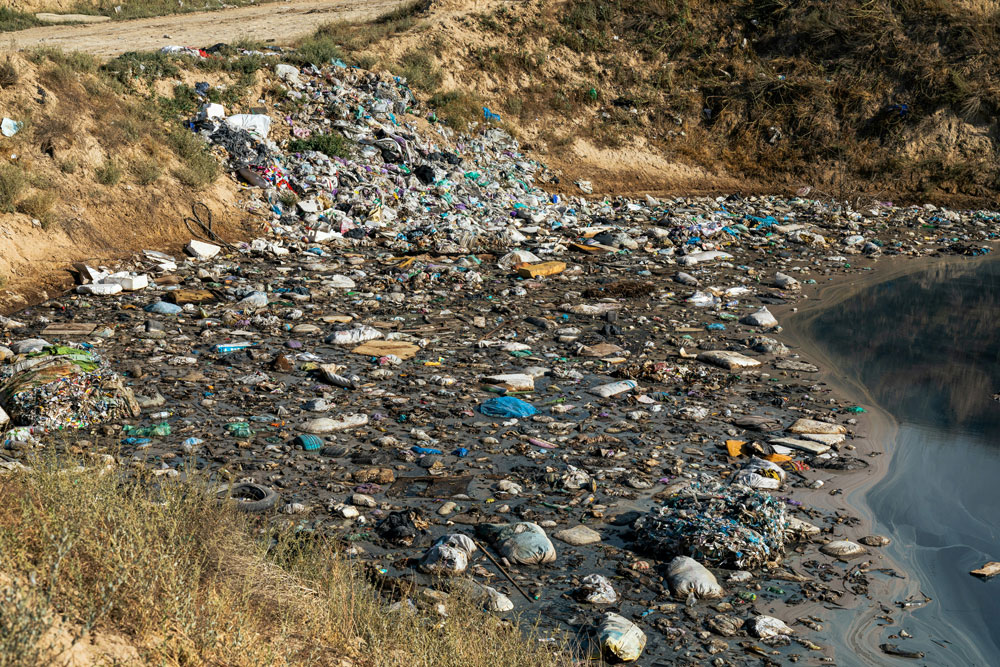The Impact of Zero Waste: Our Landfill-Free Approach

There's a lot to talk about recycling, but what does "zero landfill" actually mean when it comes to e-waste? Today I'll walk you through how we handle electronic waste in a way that keeps as much as possible out of the landfills and why that really matters.

What 'Zero Landfill' in Practice
When we say "zero landfill," we are not claiming every part is recycled, which would not be realistic. What we are saying is nothing goes in the general waste bin. Every component, casing, cable, or battery is either re-used, processed, or sent to a certified downstream partner.
What Happens Internally
When a device arrives, we assess whether any parts are still working - things like RAM, SSDs, maybe even screens. If they do, they are tested and set aside for reuse. The rest gets dismantled and sorted: metals, plastics, circuit boards, batteries. Hazardous materials are flagged and handled separately.
Where It All Goes
Functional parts stay in circulation longer, which actually reduces demand for new production. Metals are passed to specialist recyclers to extract copper, aluminium and other materials. Plastics get cleaned up and ground down for reuse. Items like lithium batteries or toners go to licensed treatment facilities because those need specialist help. Handling.
Why This Approach Matters
Doing it this way keeps toxic materials out of landfills, reduces pressure on mining and manufacturing, and it supports sustainability. If a client ever asks where their waste went, we can show them.
Zero landfill is not about perfection, it's about accountability. Taking time to make sure everything is handled properly instead of taking shortcuts. And in our line of work, those details make all the difference. And f you want to use and benefit from our zero landfill policy, please pop down to our website tfix.co.uk where you can schedule a collection for electronic equipment to be recycled. Thank you.